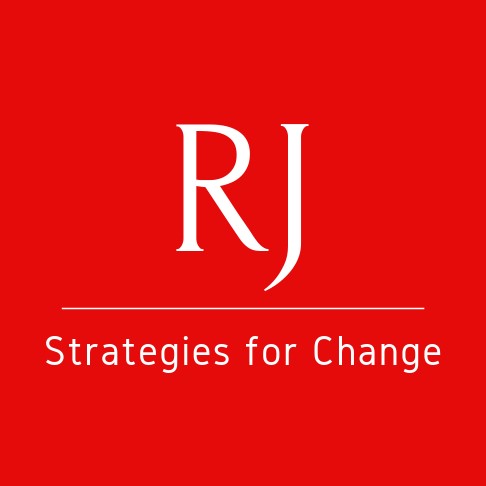Criminal Damage; Trespassing
with a Weapon – reparation Programme; Victim-Offender Mediation
NGO
Criminal Damage; Trespassing with a Knife, Weapon of Offence or Other Article
Reparation Programme; Victim-Offender Mediation
This case was referred by the District Court and involved two neighbouring households. Both were occupied by couples who had been living next door to each other for over a year. One couple had two dogs that one person in the other household blamed for making a lot of noise in the night. The dog owners were also undertaking construction work at home, adding to their neighbour’s noise-related frustrations.
A few heated discussions had left the dog-owning neighbours feeling threatened, but nothing had escalated until the day of the offence. On that day, the dog owning couple had just returned home when a verbal argument broke out. As they went to enter their home, the neighbour went to his car where he took a hammer from the boot. He then entered the other driveway, went to their front door and started to break their porch windows.
At Court, it emerged that the person responsible had a number of health issues, including a recent bout of cancer. He was also dealing with the recent death of a parent and was not in a good place emotionally. He pleaded guilty at the first opportunity and, prior to making a sentencing decision, the Judge referred the case to an NGO that delivers restorative justice.
The Caseworker began by contacting the arresting Garda member to obtain the facts of the case, the evidence provided to the Court and the victims’ details. The person responsible was then given an appointment to meet the Caseworker to begin the Reparation Programme. From the outset, he was willing to engage and complete tasks to repair the harm caused by his actions. He fully engaged in all meetings and showed that he was genuinely willing to make amends for his actions.
The next step for the person responsible was to meet with a reparation panel, chaired by a volunteer and attended by a member of An Garda Síochána and a Probation Officer. During this meeting, the offence was discussed and the restorative questions were used to encourage reflection and help him gain insight into the causes and consequences of his offending. An agreement of reparative actions was drawn up at the end of the meeting, including:
- exploring a mediation process with the victims;
- a letter of apology;
- an anger awareness programme (at the request of the victims);
- a €100 charitable donation to a healthcare charity; and,
- compensation to the victims for the damage done to their property.
Due to his ill health, he was unable to participate fully in the anger management programme, although he did engage with a bereavement counsellor assigned to him in the hospital.
The victims were contacted via letter to inform them that the referral had been made by the Court. Information about the NGO, the restorative justice process and the possible benefits of engagement were outlined. The voluntary aspect was also clearly highlighted to the victims. A meeting with the Caseworker and the victims was then arranged.
When first contact was made with the injured parties, they were not very willing to engage. Initially one of them was very angry and felt that the person responsible was being let off by the Court. Upon meeting with the Caseworker, however, the couple agreed that one of them would try to participate in mediation. This person stated that they did not wish to speak during the meeting, nor hear any excuses that might be offered by the person responsible. They only wished to receive an apology.
The victim was given the chance to propose an agenda for the discussion, about which the offender was informed in a separate meeting. The victims expressed satisfaction with the contract and that they were adamant about the anger management programme. When it came to light that this part would not be completed and an alternative had been sought, however, they expressed concern.
Still, following separate preparation meetings, the parties agreed to meet face-to-face. As arranged, the victim arrived first and reiterated that he did not wish to speak, only listen and hear an apology. The offender arrived and gave the compensation to the Caseworker. He was then invited into the room, where the context and guidelines of the meeting were outlined. The victim declined to speak first, and the person responsible apologised and promised not to approach the victim again, before presenting his letter of apology.
The victim was given an opportunity to respond but declined. The facilitator summarised what had been said and asked if either party wanted to add anything else before the meeting was closed. The person responsible offered another apology before leaving the room. The agreement made with the reparation panel was also confirmed in the meeting, and the offender made a commitment to abide by its terms going forward.
From receipt of the referral to completion, the case took just over a year due to the offender’s ongoing health problems. Back in the District Court, the Judge disposed of the case by way of a Peace Bond.
The participating victim later told the NGO that he was grateful for the chance to participate and to receive an apology and compensation. The person responsible also stated that he was grateful for having been given an opportunity to extend his apologies and to repair the harm that he had caused.
